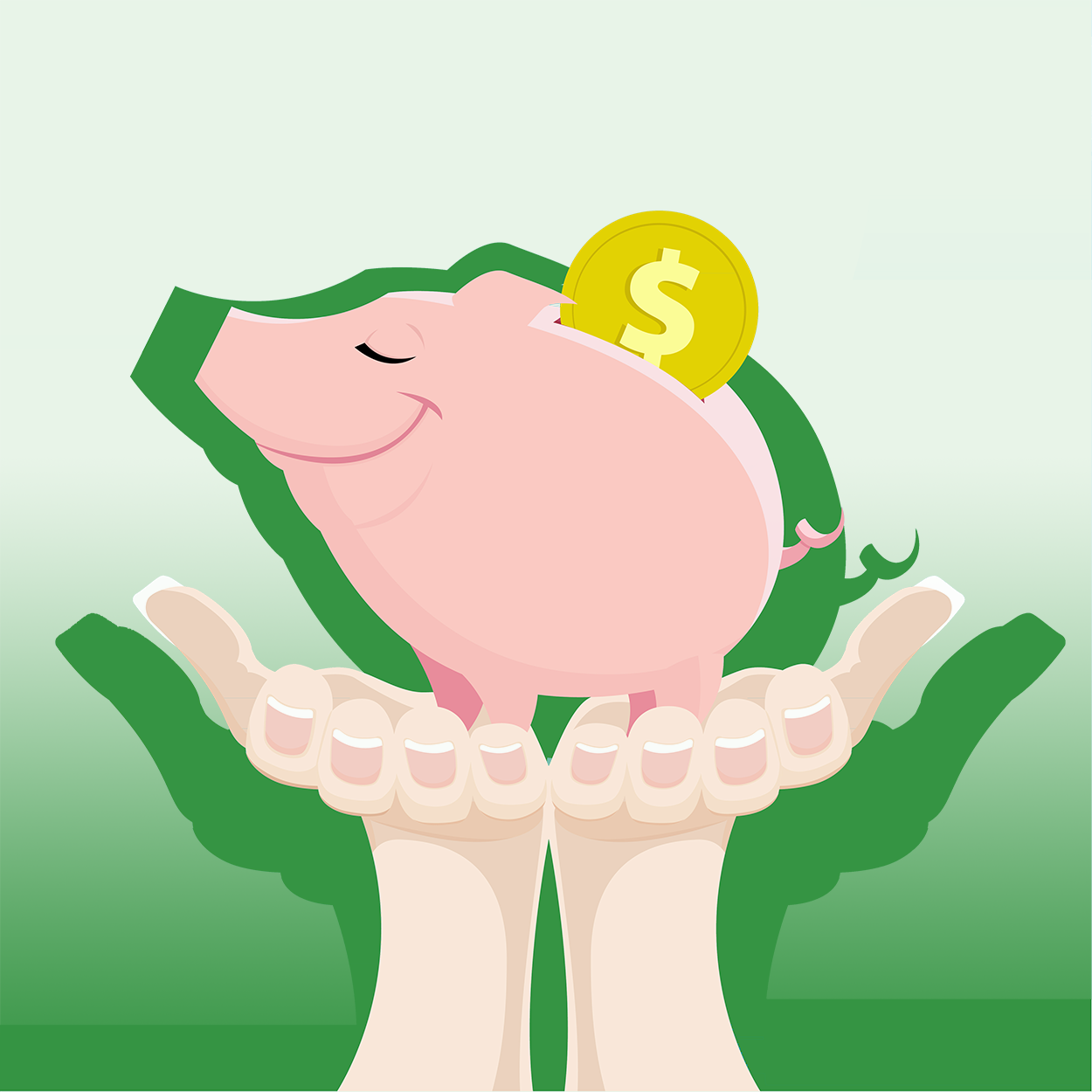When you spend money on non-essential, non-investment type products or services, you simultaneously give up the right to earn interest on the money you spent ... for the rest of your life. The same is true when you spend more than necessary on essential and investment-type products and services, i.e., you give up the right to earn interest on the difference.
In either case, the total of the money you spend unnecessarily, plus the forgone interest earnings, represents the real cost of spending (usually an amount much higher than is actually printed on the price-tag). Therefore, in order to make wise purchase decisions (expenditures that return a benefit of equal or greater value than their real cost), you must be aware of -- and give full consideration to -- the real cost of each purchase. This calculator will help you to do just that.
A few things to keep in mind:
- Some items you buy come with additional costs of ownership -- such as repair and maintenance costs, operating costs (gas, electricity, etc.), insurance costs, storage costs, etc.
- The stock market has averaged a return of 10% over the long run.
- If you invest your savings in paying off high interest debt, you could earn an even better return, as money you save that was spent on interest keeps saving you money on a forward basis and savings are untaxed while income is taxed.
Current Columbus High Yield Savings Account Rates
We publish current Columbus savings & CD rates. Savers can use the filters at the top of the table to adjust their initial deposit amount along with the type of account they are interested in: high interest savings, certificates of deposit, money market accounts and interest bearing checking accounts.
Opportunity Cost Is Not Always Figured In
Although we as consumers judge our purchases by the figures we see on the price tag, this calculator will show you that the effective price tag of on most of the things we buy is miles above that base cost. We all understand that when we spend time doing something, we necessarily give up the right to be doing something else with that time. But have you ever considered that the same is true for money? When we spend money, we are necessarily sacrificing the ability to do something else with that money. However, in many cases, it's the “something else” that we might have done with that money – actions like placing it into savings or investment – that would have been the most financially savvy decision.
As a rule, of course, this train of thought only applies to non-essential monies. It is a given that you are going to spend as much money as needed on your spouse's emergency medical care or on your heating bill to get through the cold winter. Your spending opportunity costs apply to all the rest of it – the cash that is not going to absolute necessities or that is not already paying off old debt, mortgage or credit card bills.

How Much Are You Really Spending?
When you take into consideration the fact that you are choosing consciously not to invest or save that cash every time you make a non-necessary purchase, the actual cost of the item balloons up to a much higher amount. So to find out how much you are really spending when making those frequent buys or special splurges, we will take a look at the case of an extraordinary top of the line grill that our theoretical homeowner purchased for $1500.
In the moment that our buyer turned the money over to be applied to the purchase of the grill, they gave up their right to instead turn that expenditure into an investment that could have potentially earned around 4% interest for the next 30 or so years until retirement. The future potential interest savings that the grill purchaser has foregone, then, total up to $3,470.25. What is the bottom line price of this grill, all told? $4,9870.25, including the money spent as well as the money lost. We must also take into account that in this scenario the item that has been purchased is one that requires additional costs after the fact, such as propane gas, cleaning supplies and maintenance, power, and coals – not to mention the influx of meat the family will probably be acquiring to try grilling up on their new tool.
Therefore, we see that the price of the grill goes up to a $5000+ purchase in the end. The weight of this cost would encourage would-be purchasers to consider much more carefully whether they really needed a grill in their lives, or whether it might turn out to not be quite worth that kind of financial deposit. When considering the effective price of purchases, including what you will lose in your potential investments without having that money, suddenly buying decisions for the household become a new ballgame – and hopefully one that will save you significant monies in the long run.
 Calculate Opportunity Cost
Calculate Opportunity Cost